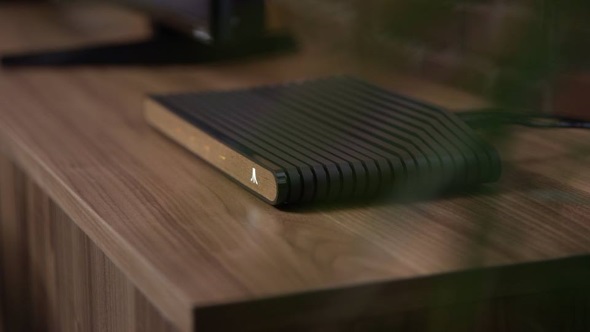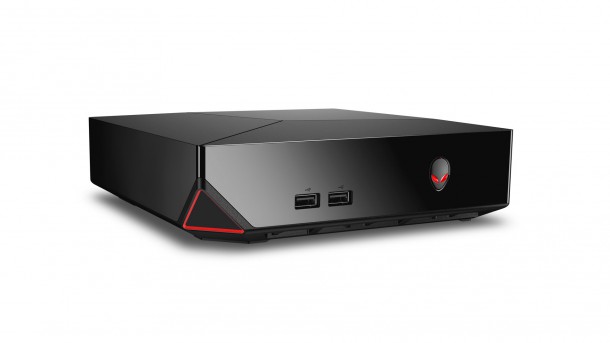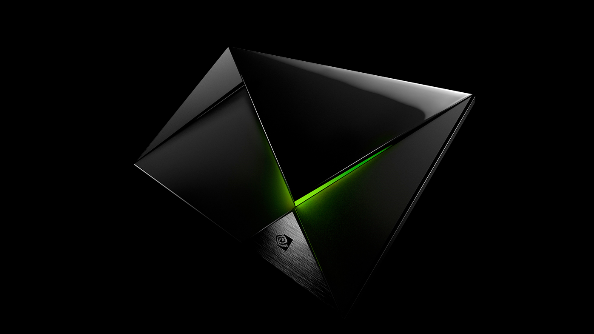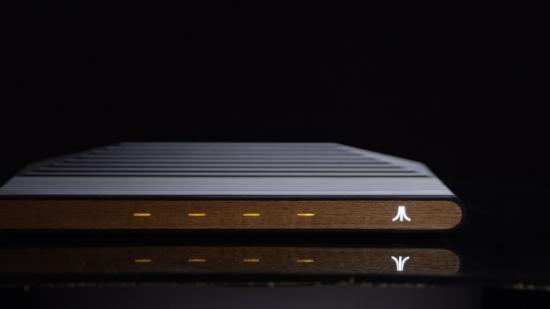Update October 23, 2017: The man behind the Ataribox, general manager Feargal Mac Conuladh, has spoken on comparisons between Atari’s Linux-powered machine and Valve’s Steam Machines. In an interview transcribed by Venture Beat at Indiegogo’s headquarters, joined by Microsoft mogul, Ed Fries, Conuladh explains where he believes Valve went wrong – and how Atari won’t be making the same mistakes.
Cut through the marketing with our guide to the best gaming monitors.
Conuladh believes that, unlike Steam machines, the Ataribox will succeed due to their open, yet integrated, system and that the lack of a unified experience on Valve’s Linux-powered box was what led to its ultimate demise.
“Steam, Valve, an amazing company, but I think – when you give away too much of the experience, just write a standard and let multiple other companies build boxes, you get into trouble there.
“The thing with Steam was you had so many people building the boxes at different prices and structures. It’s cumbersome to do that in a unified way.”
Conuladh believes the Ataribox targets a different market segment to Valve, Microsoft, and Sony. They are focusing entirely on indie gamers, and specifically modern titles such as Undertale – a game that ditches high-end graphics, but doesn’t lose anything for it.
“The Atari brand is also a very approachable brand… It’s like Ramones t-shirts, where 95 percent of the people who wear the shirt have never heard the music, but there’s something magical about the brand.”
It seems that for the Ataribox general manager, this crowdfunded venture will be an open and close case, a complete success – but no general manager would ever say otherwise. Conduladh isn’t wrong when pointing out that the Ataribox offers a unified experience compared to Valve’s Steam machines, but it isn’t much of a challenge to be more unified than Valve’s far from coherent SteamOS launch.
Whether Atari’s name still has much bearing on the modern gaming landscape is uncertain, although for marketing it must still carry some weight, especially to the casual gamers Atari are targeting. I still have my doubts, mostly due to whether the Steam Machine ever stood a chance in the first place, but maybe Atari are just the right people to put a casual console into indie gamer’s hands, so long as they can jump the $250+ pricing hurdle first.

Original story September 27, 2017: Atari are creating a Linux-based machine for the living room, sound familiar? Despite Valve’s (arguably half-hearted) effort in the same field, Atari are pushing ahead with their Ataribox, a user-friendly Linux gaming experience powered by AMD technology.
Atari must have been asking themselves why Nintendo have desperate fans screaming “we want more retro throwback consoles!” at their doors, while they sit on stacks of Atari Flashback consoles wondering where it all went wrong.
Whatever the case, Atari have decided to ditch the retro rehashes of consoles past and create a new Linux-based living room machine – the Ataribox.
The Ataribox will feature a large back catalogue of Atari classic titles, but that’s not all it offers. Atari are putting in more than just retro-capable power into the box. AMD have fitted out the Ataribox with a customised processor and Radeon graphics technology, capable of driving modern titles from a range of unconfirmed studios and games from any Linux compatible platform.
We had originally suspected the Ataribox might be some sort of Android-based rival to Nvidia’s Shield TV box, but it seems they’re intent on dropping actual PC hardware into the wood-panelled chassis.
 Built upon open-source Linux software, Atari are adding their own custom user interface to allow users ease-of-access to their games without needing to get to grips with the Linux command line. For users who are familiar, or maybe want to get to grips with the growing OS, Atari are keeping to the Linux spirit by keeping the system open if you want to install your own applications or directories.
Built upon open-source Linux software, Atari are adding their own custom user interface to allow users ease-of-access to their games without needing to get to grips with the Linux command line. For users who are familiar, or maybe want to get to grips with the growing OS, Atari are keeping to the Linux spirit by keeping the system open if you want to install your own applications or directories.
This may remind you of a similar concept Valve pushed back in 2013. Valve released their Linux-based SteamOS, with the first purpose-built machines officially launching in 2015. Many other Steam machines were left in development, or ‘coming soon’, with only a fraction of them ever arriving to retail. By this time, interest had already plummeted, and it never really recovered. SteamOS itself was DOA, and if Valve couldn’t manage it, how will Ataribox overcome the same challenges a few years on?
Well, Valve ditched the idea soon after launch, more or less leaving gamers to their own devices if they desired a casual living room gaming experience. Ataribox, on the other hand, seems to be completely on track to becoming a reality. Atari are launching on Indiegogo before the end of the year, with a global launch in spring 2018.

For many PC gamers, Steam machines never took off against streaming devices launched concurrently. The Steam link offered a similar sofa gaming experience, although running off the tech you mostly already owned. It’s not perfect, but at a fraction of the price of a Steam machine, and now with the upcoming Ataribox, Steam link offers the casual gamer a way to play on the big screen without needing to set up an entire new system.
For Nvidia graphics cards owners, which makes up 68% of all Steam users, the Nvidia Shield offers another great alternative to the Ataribox. While it has a much heftier price tag than the Steam link at $180 for the basic model, it’s still quite a bit less than the $250+ that you’ll have to part with for an Ataribox.
One of the greatest benefits of streaming systems over traditional hardware is that they don’t rely on developer support for their non-Windows OS. Linux is a growing platform, and while developers are certainly increasing support for Linux platforms, the support for Linux is nowhere near across the board. Less than 1% of all Steam users are Linux-based and unfortunately this isn’t enough incentive just yet for developers.

Alternatively, a Linux user may choose to use a compatibility app, such as Wine, to run Windows apps on their system. However, for the Ataribox, this goes above and beyond a user’s expectation for a casual gaming experience.
Hopefully the novelty of the Ataribox will allow it some success, although such novelty tends to wear off pretty quick at $250+. I wouldn’t mind the frankly stunning Ataribox next to my TV to play some casual indie titles, but I can’t seem to shake the feeling we’ve been here before, and we already know how this story ends.
